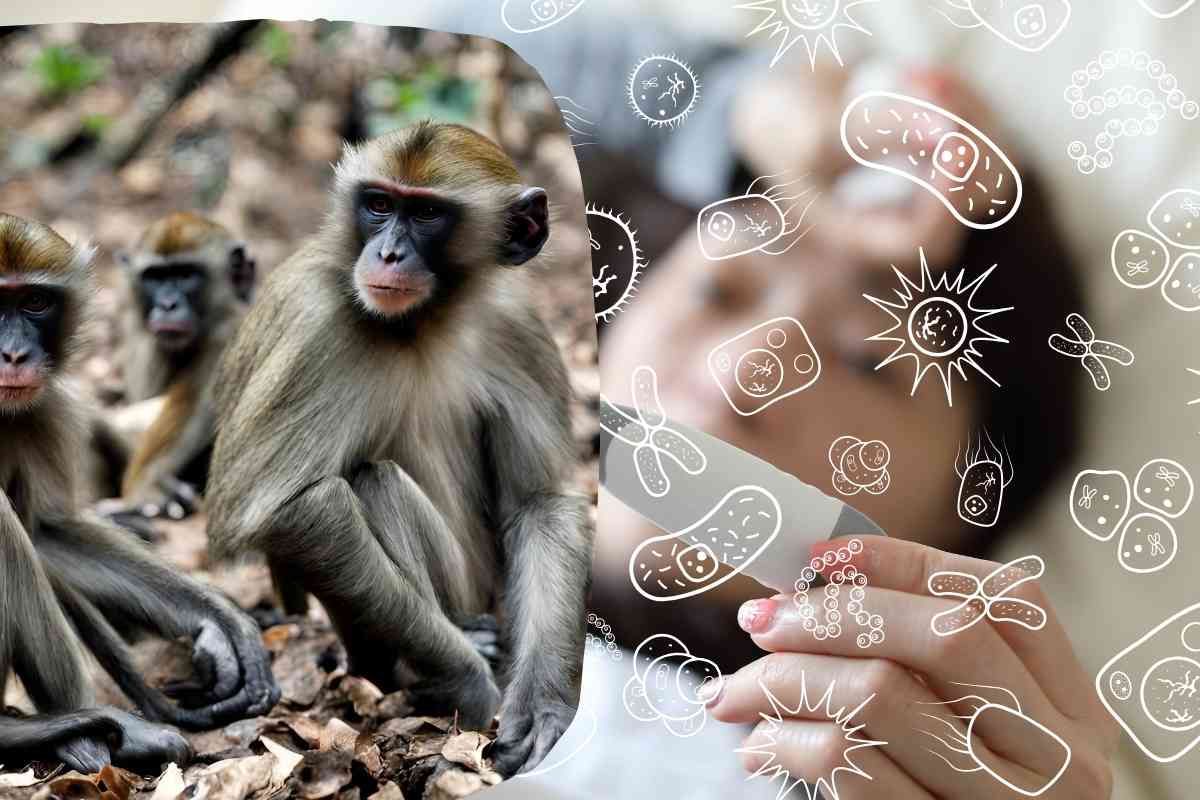There’s a sickness called Kyasanur Forest Disease (KFD) spreading in Karnataka. It’s a fever you get from ticks, and it’s making people sick. As of February 3rd this year, there have been two deaths and 53 confirmed cases in Uttara Kannada, Chikkamagaluru, and Shivamogga districts.
Kyasanur Forest Disease (KFD) is a viral hemorrhagic fever that has been known in India for the last 60 years. It’s also known as monkey fever because monkeys can also get infected.
This sickness has been coming back every four to five years since 1957 when it was first found in the Kyasanur Forest in Shivamogga District. According to officials, after the outbreak in 2019, this year is seeing a lot of cases again.
KFD happens more during the rainy season, from November to May when ticks are active. Ticks are small bugs that can give you the sickness. They live in the forests of Shivamogga, Chikkamagaluru, Uttara Kannada, Dakshina Kannada, and Udupi.
The disease spreads through ticks that bite animals and people. It’s been mostly in Karnataka for a long time, but since 2013, there have been cases in other nearby states like Tamil Nadu, Kerala, Goa, and Maharashtra.
People who live near forests or go into forests for work or fun are more likely to get sick. The disease isn’t passed from person to person.
KJ Harshavardhan, deputy chief medical officer of the Virus Diagnostics Laboratory (VDL) in Shivamogga, concurred that 2024 is the peak year after a gap period and the state is witnessing a surge at present.
When someone gets sick, doctors do tests to confirm KFD. There’s no specific medicine for it, but doctors can help with the symptoms like fever and weakness. Most people recover, but it can be deadly in some cases.
Symptoms of the disease include high-grade fever, headache, myalgia, extreme weakness, nausea, vomiting, diarrhea, muscle pain, and occasional neurological hemorrhagic manifestations.
There is no specific antiviral medicine available. The treatment is symptomatic and supportive like keeping hydrated and managing blood pressure and heart rate.
While most people recover without complications, KFD has a 2-10 percent mortality rate. In about 20 percent of the patients, the disease occurs in two phases.
The fever returns in 1–2 weeks, causing severe hemorrhagic or neurological symptoms in the next phase lasting about 12-14 days, according to a 2018 study titled Clinical & epidemiological significance of Kyasanur forest disease led by the National Institute of Virology, Bengaluru.
There was a vaccine for KFD, but it wasn’t very effective, so it’s not being used anymore. They’re working on a new one, though, which might help reduce how many people get sick.
To keep track of the disease, officials are always watching the forests and areas where people might get bitten by ticks. They’re also worried about deforestation because it can make the disease spread more. People who work in the forest, like harvesting nuts, are more at risk.
So, it’s important for people to be careful when they go into the forest and for doctors to keep an eye out for anyone who might have KFD.



